All about welder suits
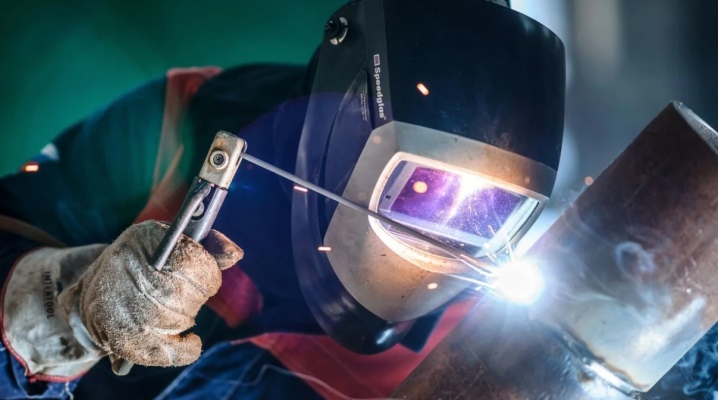
The operation of welding equipment is not only difficult but also dangerous. In the process of work, the performer may receive burns and injuries. To minimize negative consequences, it is recommended to use special protective equipment. The welder's suit will protect the worker from sparks, splashes of molten alloys, and scale. These clothes are made from special materials. It must be manufactured in accordance with GOST and meet a number of requirements.
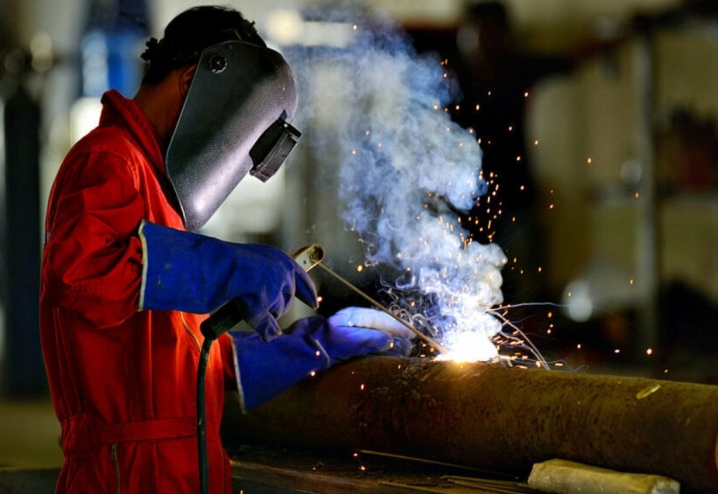
Features and requirements
The main components of a welding suit are jacket and trousers. They must be manufactured in compliance with the requirements of GOST 12.4.250-2013. High-quality workwear is highly resistant to burning from molten metal drops in a short period of time. Due to its heat resistance, the suit will reliably protect the worker's body from minor local burns.
When sewing workwear, only natural materials treated with a special refractory compound should be used. The use of synthetic personal protective equipment (PPE) is prohibited, as they can instantly ignite and harm the welder's health.


Other requirements that the equipment must meet:
- protection of the employee from evaporating toxic substances, optical radiation;
- no material deformation when exposed to high temperatures;
- strength, reliability and resistance to mechanical abrasion;
- high-quality fittings (tight fasteners, closed with slats);
- light weight;
- the presence of Velcro on the wide pockets, necessary to prevent the penetration of sparks;
- providing good ventilation to avoid overheating of the worker.
PPE for the welder must be of high quality tailoring. Clothing sizes should be selected so that it does not hinder movement. For example, an employee should not experience discomfort when squatting or bending the elbows.
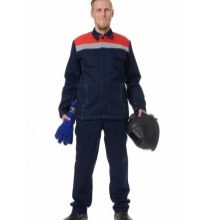

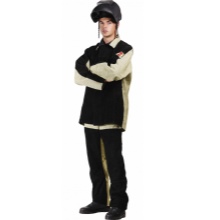
High-quality overalls are distinguished by tight cuffs, otherwise hot splashes of alloys can get under the suit. Additional requirements - a full set of buttons, a collar adjacent to the neck, the presence of specialized overlays in the chest, forearm and front of the thighs. They impart greater heat resistance to the most exposed areas of the equipment.
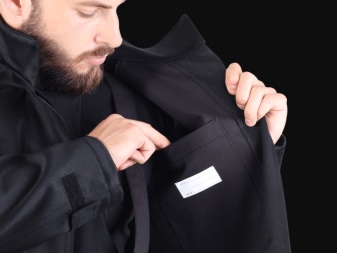
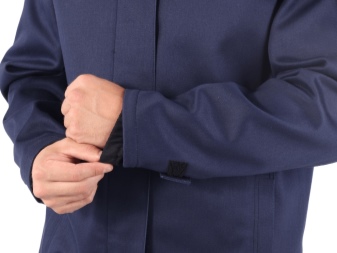
Equipment
Manufacturers are trying to make workwear not only reliable, practical and comfortable, but also functional. For this, pockets and loops are provided in it. Some models of jackets have the ability to adjust the length of the sleeves. Protective pants can be completed with shoulder straps (it is best to give preference to models with removable shoulder straps), overlays located in the knee area. Jackets and overalls are often fitted with a hood. It helps to protect the head from negative effects during welding.

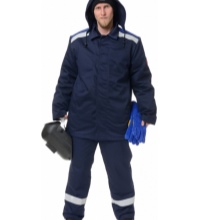
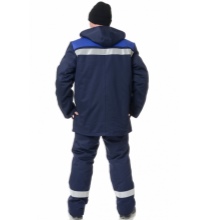
Welding suits can be completed with:
- gaiters - fireproof protective gloves;
- comforters - PPE, tight-fitting head (manufacturers also offer comforters with caps for the shoulders);
- aprons;
- oversleeves;
- knee pads.
However, these additional protections are often not included - they must be purchased separately. The welder's workwear should also include a protective shield that protects the eyes from burns, and special boots.

Species overview
Workwear manufacturers produce summer and winter suits for welders.The first are lightweight models, the second are insulated. The main feature of winter products is the protection of the employee not only from the harmful effects of welding, but also from adverse weather conditions. (frosts, strong winds, precipitation).
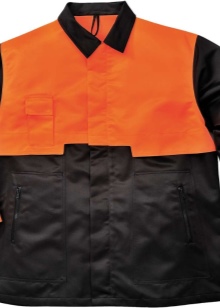
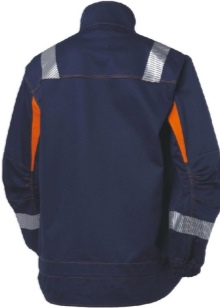
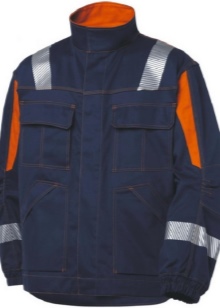
Summer and winter
Summer overalls for the welder are designed for outdoor use in hot seasons or indoors. It is made from durable yet lightweight materials that provide good ventilation. The fabrics used must be pleasant to the body and not cause allergic reactions in contact with the skin.
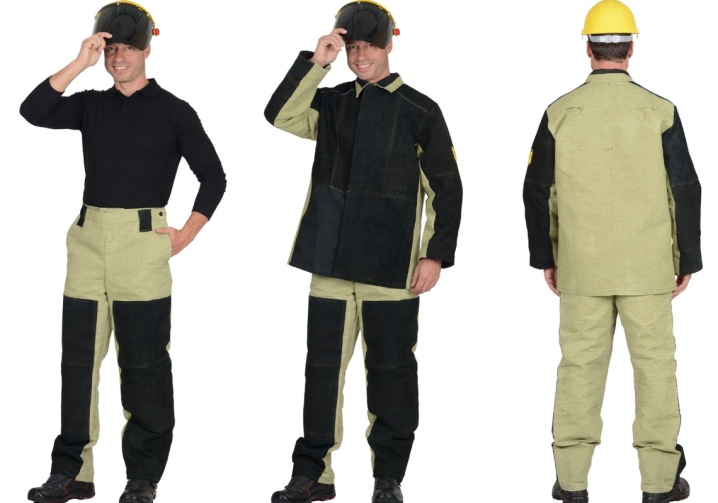
The most popular materials used in sewing summer suits for welders.
- Tarpaulin. It is a durable and lightweight fabric with good ventilation properties. It should be borne in mind that a canvas suit has a low degree of thermal protection, which is why the worker should limit prolonged exposure to elevated temperatures. Such workwear is an ideal solution for performing simple and periodic work with welding equipment.
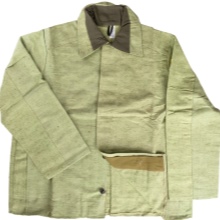
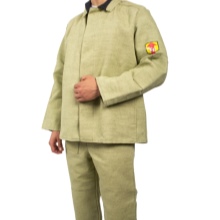

- Moleskin. Durable material made from cotton yarn. It provides good air exchange, has high wear resistance, is not "afraid" of the effects of acid-base compounds. The fabric is environmentally friendly and easy to clean. The disadvantages include shrinkage of the material during washing.
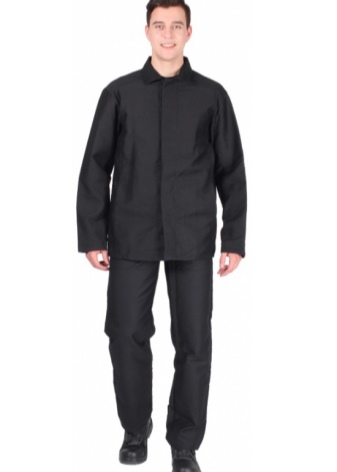
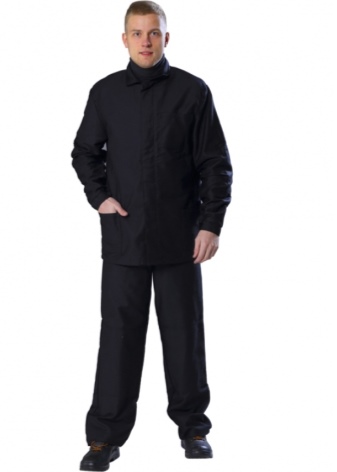
- Aramid. It is an aromatic polyamide with a complex structure. Products made of aramid fabric are durable, lightweight, withstand various mechanical influences, resistant to high temperatures. The disadvantages of aramid workwear are the ability to absorb, but not repel moisture, "fear" of UV radiation.
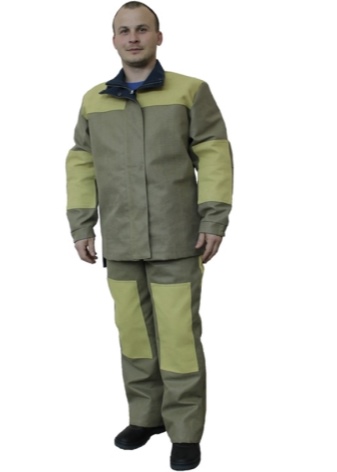
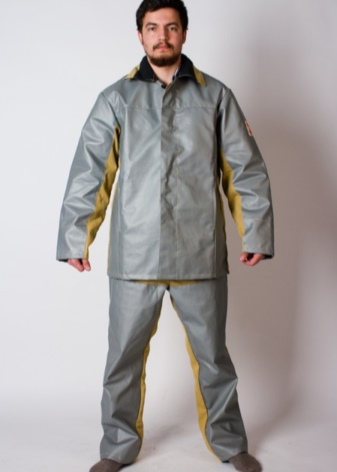
- Cotton. One of the best types of fabrics for the production of summer equipment for the welder. The material provides good air exchange, is light and soft. Thanks to processing with special compounds, the fabric is resistant to moisture, hot metal splashes, sparks.
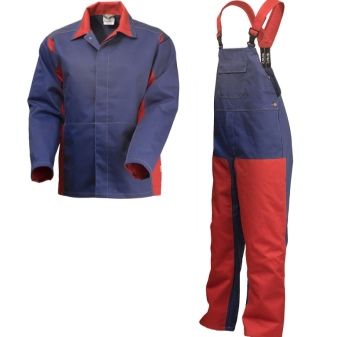
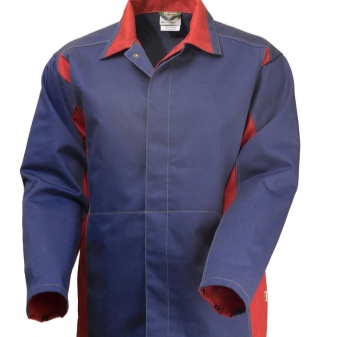
In the production of summer models of suits, canvas, flameshield, twill and other materials are also used.
The main difference between workwear for winter is the presence of a warm lining made of natural fur or wool. Winter PPE is sewn from split leather, leather, cloth, suede. A one-piece suit is in great demand. This material is obtained by exfoliation of the skin of cattle and subsequent removal of the facial layer. Overalls with a tarpaulin and a split with ventilation holes can be used not only in winter, but also in summer.
A woolen (felt) suit is made of woolen or semi-woolen fabric. These overalls are recommended for use in harsh conditions. It is impregnated with flame retardants to provide a high level of worker protection.
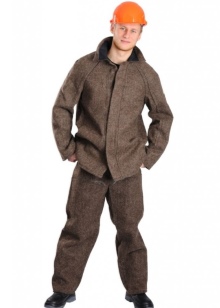
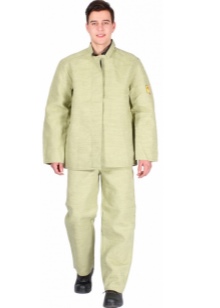
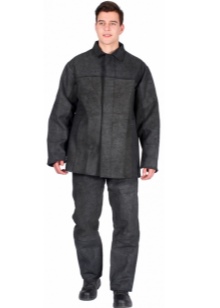
Due to the increased density of the material, the leather suit is distinguished by its reliability and durability. It has low air permeability, thereby reducing the risk of hypothermia. Genuine leather protects well from negative influences when working with welding equipment. However, leather workwear is considered one of the most expensive.
The welder's suede suit is easy to dry clean. When sewing such overalls, a special lining is used to protect the employee from various adverse factors. It should be borne in mind that with prolonged work with fire and sparks, suede can ignite.
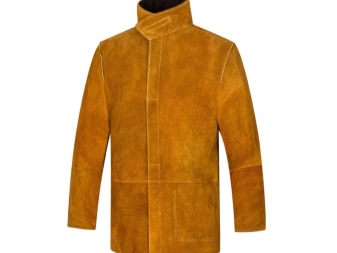
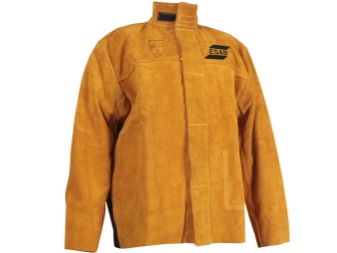
Combined and collated
Protective clothing manufacturers offer a wide range of heat-resistant workwear in various configurations. An employee can choose a set including a jacket and trousers or a jacket and semi-overalls, give preference to overalls. Jackets and trousers are sold not only as a set, but also separately, so that the welder can choose PPE at his discretion.
Overalls and semi-overalls are referred to as combined workwear, and some models of jackets and pants are referred to as compilation.
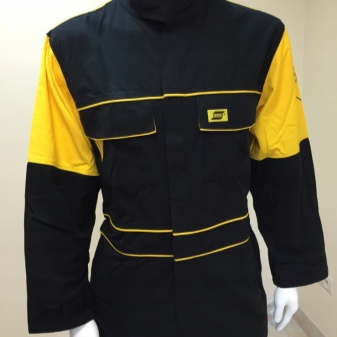
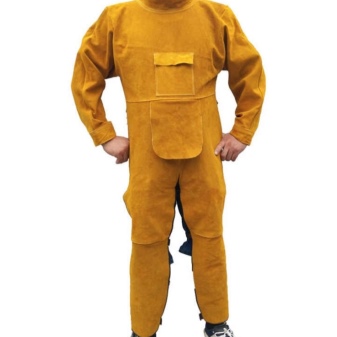
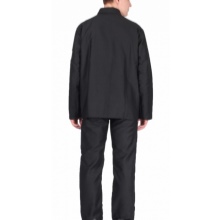
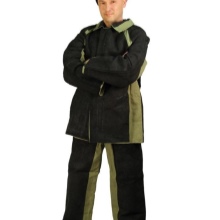
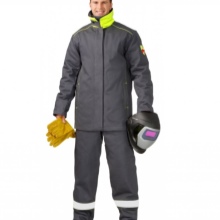
Protection classes
Workwear manufacturers produce special markings for suits. It indicates the number of the standard and the protective class. According to the GOST regulations, there are a total of 3 such classes.
- Such equipment is intended for workers who are at a distance of at least 2 meters from the source of hot metal splashes and sparks. They are used for welding on specialized lines, as well as for cutting metal structures.
- Suits with protection class 2 are designed for indoor and outdoor use. In this case, the employee must be at a distance of 50 cm from the source of sparks.
- Class 3 overalls are used when welding in confined spaces (for example, in tanks or pipelines). The distance to the source should be about 0.5 m.
When choosing a suit, you should focus on the conditions in which you have to work, and, in accordance with them, determine the protection class.
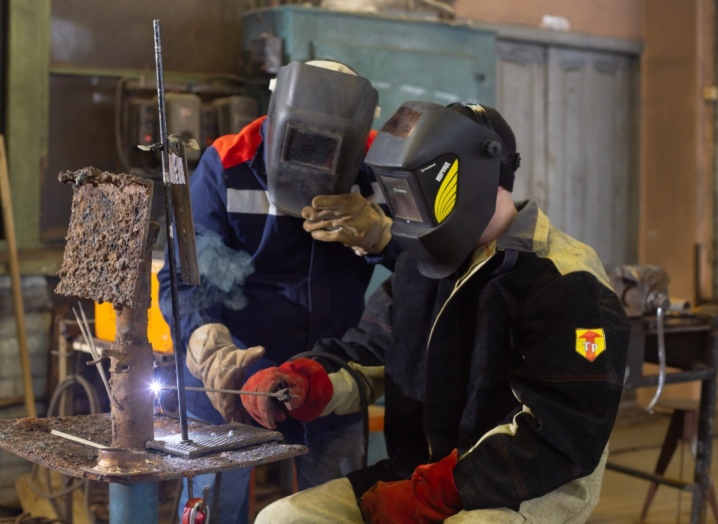
Top brands
PPE for welders is produced by domestic and foreign companies. Below is a ranking of the leading European manufacturers:
- Dimex is a Finnish company;
- Weldmaster - manufacturer from Germany;
- Portwest is an English brand.
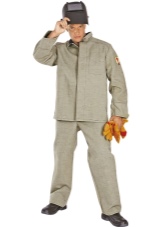
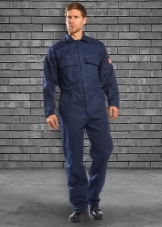
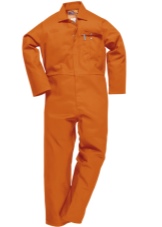
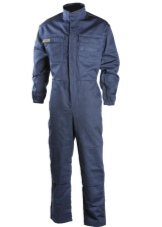
Overalls of domestic tailoring are popular due to the high quality and inexpensive prices. Popular manufacturers include companies:
- "Avangard-Overalls";
- "SpetsProekt";
- "Prometheus";
- "Unicom-Spetsproekt";
- Technoavia.

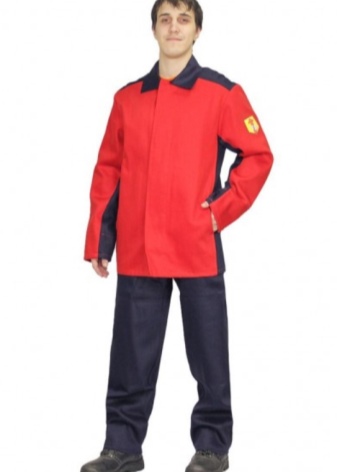

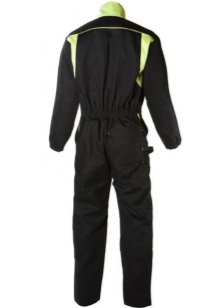
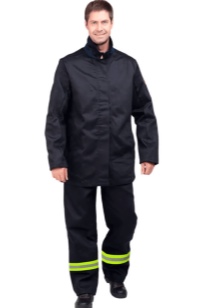
Care and storage
The useful life of workwear directly depends on the intensity of its use. At the same time, it must retain not only protective properties, but also a decent appearance. In order for PPE to last as long as possible, you need to properly care for it:
- clean after each use;
- wash as it gets dirty at a temperature of no more than 50 degrees;
- iron at t 150 degrees;
- make repairs in a timely manner.
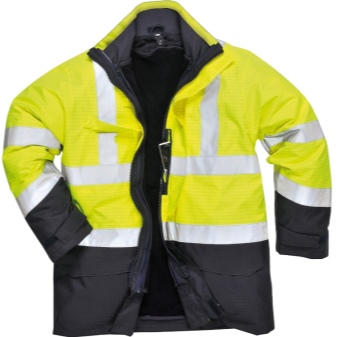

Overalls should be stored at the production site in heated rooms in boxes or on racks specially designated for this purpose. In this case, the temperature should be within + 15 ... +25 degrees, and the relative humidity of the air should be 40-70%.
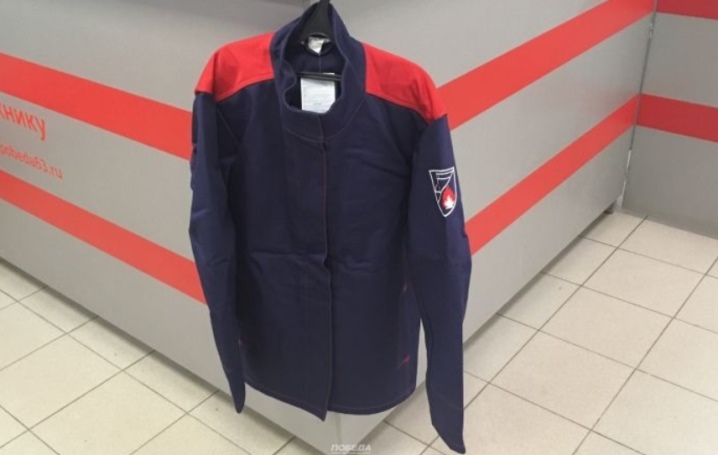
It is recommended to store winter garments with fur lining with the front side inward. To protect workwear from moth damage, special substances should be used. Antimicrobial sachets are placed inside the garment. Rubberized suits should be at least 1 m away from heat sources and heaters.
If the rules for care and storage are observed, the overalls for welders will last at least 1 year with intensive use.
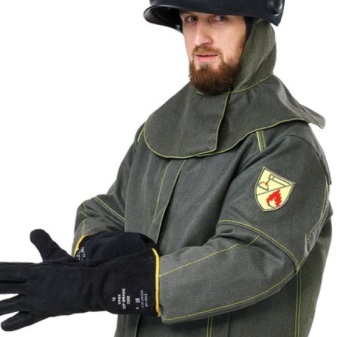
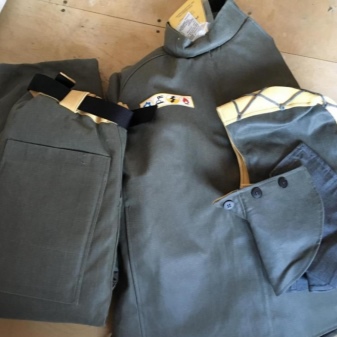
The following video explains which welding suit is best.













The comment was sent successfully.